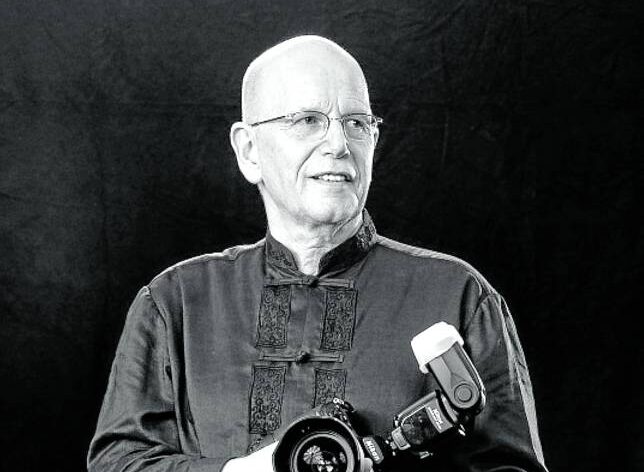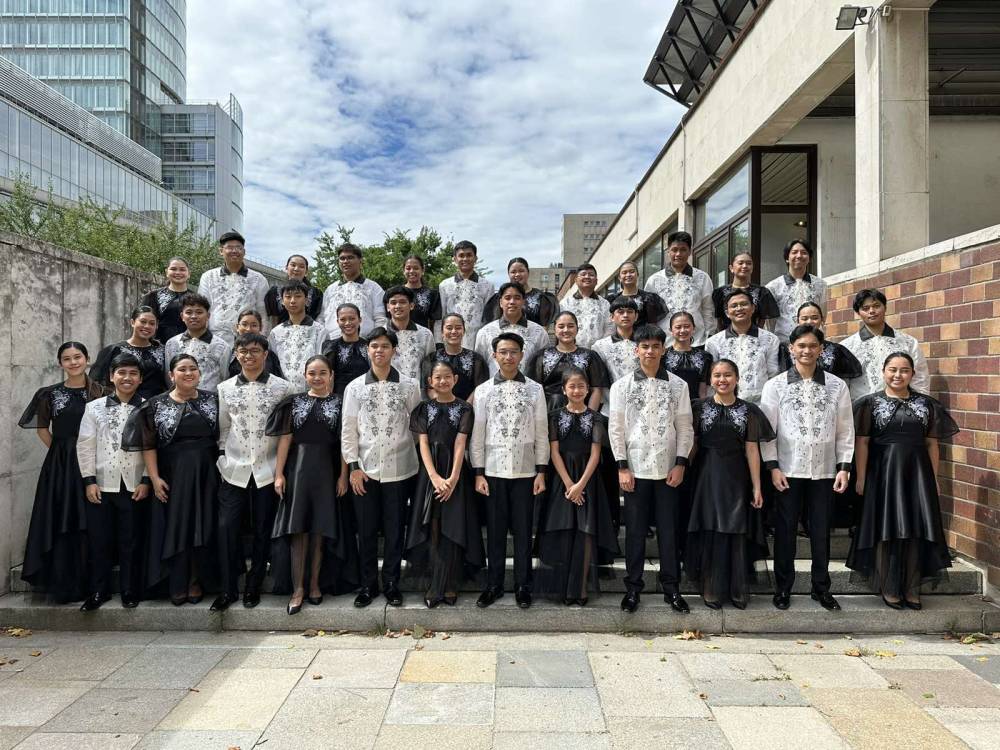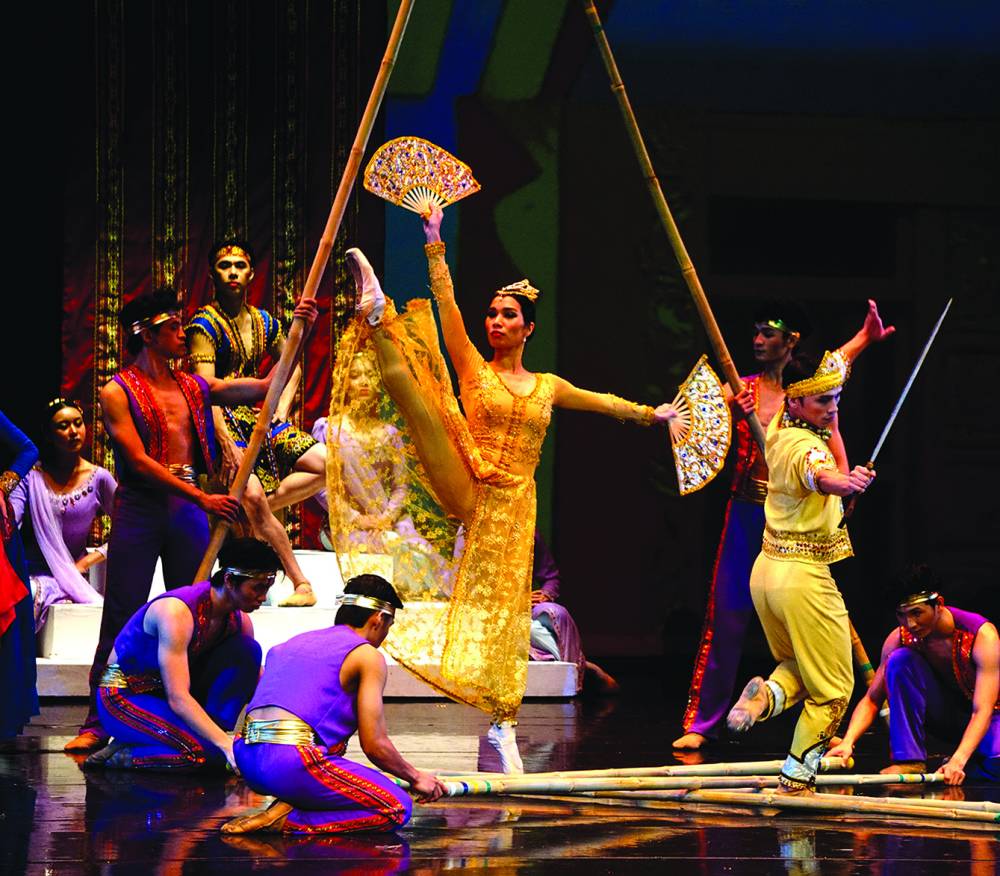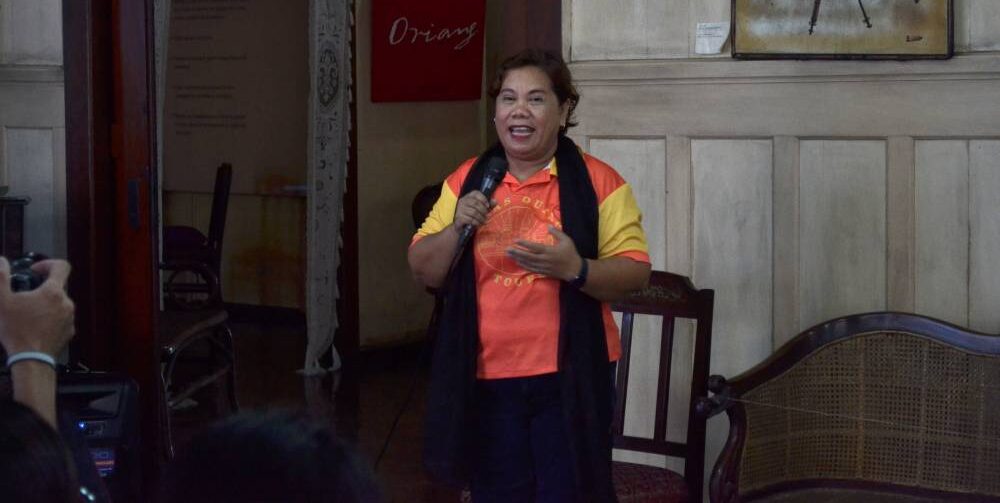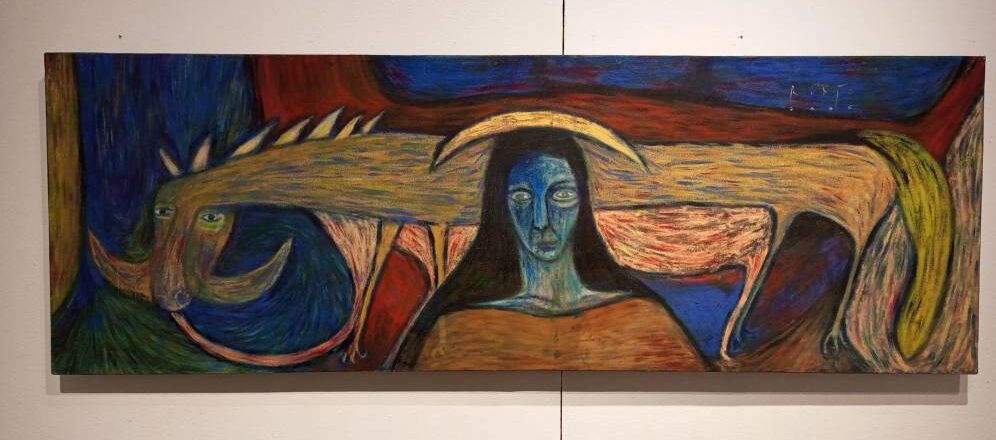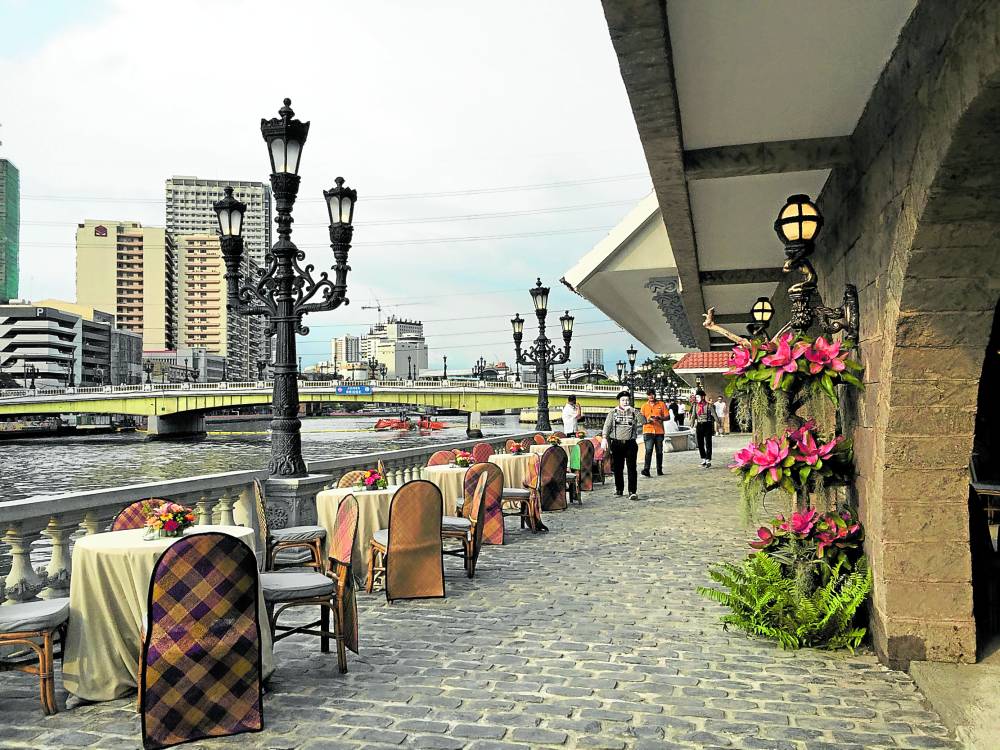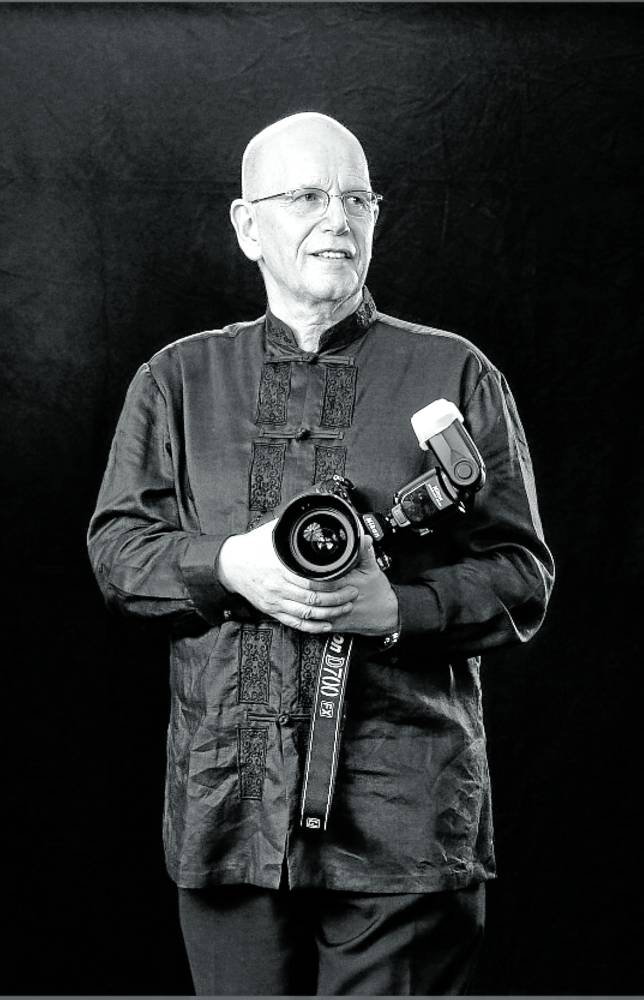
Over his four-decade career, the late Dutch photographer Alex Van Hagen captured the social history of “Cosmo Manille’s social and perfumed set.” That was one of the trademark terms of society columnist/raconteur Maurice Arcache, his partner of 50 years. His relationship with Arcache gave him the cachet which helped him become the official photographer to exclusive parties, society weddings, auction house previews, gallery openings and corporate cocktails. His list of prominent subjects was prodigious.
Last June 16, Van Hagen died of pancreatic cancer at the age of 75. His older brother Han, an artist, and his niece Ingeborg Verhuel, a nurse, came from the Netherlands last week and never left his side at the hospital.
“There is life after death. Alex has lived here for more than 40 years. His photos of Manila’s rich and poor can be archived. These hold a moment of history for the future generations,” says Han.
The precious files document the glamorous disco scene, the late Conrado Escudero’s theatrical theme parties at Villa Escudero, the Ty-Tan wedding which was like a merger of two taipan families, among others.
Last May, Van Hagen requested veteran photographer Wig Tysmans to look after his works. Tysmans has been tasked to search for an archive to store Van Hagen’s trove of negatives, prints and digital files. These photographs were taken in his stint with the Times Journal, Mr. & Ms., Philippine Daily Inquirer, Manila Standard, Philippine Star and Tatler Philippines, where Arcache was a columnist at different times, and his exhibits.
Tysmans met Van Hagen in 1985, when the latter accompanied Arcache to cover Philippine Airlines’ inaugural flight to Chicago. The two became close friends. From the late ’80s to the early aughts, Tysmans, Van Hagen and Patrick Uy were a triumvirate, commissioned by the same couples to cover their society weddings. Since Arcache wrote for Tatler Philippines, Van Hagen had photographed the VIP and best-dressed guests. Arcache and Van Hagen’s circles varied—the affluent Chinoys, the business community and Cosmo Manille.
“Being friends with everybody, he made them feel at ease. They were ready to smile when he came around,” says Tysmans. “Alex was very warm but polite. People of his kind were rare because he never spoke ill of others. If he knew about gossip—of which he did—he never divulged anything even if I pried and prodded.”
Introspective
Van Hagen was never in pursuit of edginess or controversy. He wanted his subjects to look their best.
Introspective by nature, Van Hagen ventured into photographing landscapes and details in the aughts. His images called attention to the things that we took for granted in daily life and for their flawed beauty. “If you look at the old walls, you will see interesting compositions of color and texture. I focus on one part where the picture looks like a painting,” Van Hagen had told this writer.
He produced contemplative images of a reflection of trees along a river, shadows of leaves cast on cement, the mottled paint on the ground and peaceful landscapes. Van Hagen found beauty of shape and color in a row of shanties facing a banca along the shoreline.
Van Hagen often sought Tysmans’ feedback. “Technically, he knew his photography,” says Tysmans, referring to Van Hagen’s eye for precision, balance, color and rhythm. “His photographs are very zen. If you hang a picture of Alex’s work on the wall and look at it daily, it will grow on you.”
Van Hagen taught the viewer to look harder and look through his eyes.
His fine art photographs were not only purchased by his amigas for friendship’s sake. There were collectors interested in his work.
“His photos are quiet and direct. They make you feel good. Many hotels, new condos and offices are putting up those kinds of photos today,” says Tysmans.
Van Hagen’s foray into fine art photography became a turning point for his brother as well. Han studied at the Royal Academy for Arts and Design in The Hague. The brothers put up five joint exhibits showing Van Hagen’s photographs and Han’s realistic etchings.
“We were called ‘Brothers in Art.’ Many ambassadors came to our exhibits at Makati Shangri-La and Peninsula. We never lost touch with each other since then,” says Han.
“Whenever we walked together in Manila, people would come up to him. There was always a smile on his face and he would strike a little conversation. All the people he knew loved him because of his way of being. He was gentle.”
Mangoes in newspapers
The youngest of three children, Van Hagen was born in Voorburg, South Holland. He worked as a teacher in a school for children with learning disabilities in The Hague. He met Arcache at a club in the early ‘70s and the two went on to live together. They settled in Manila in the early ‘80s where they started their society chronicling.
To his Dutch relatives, Van Hagen was considered “the uncle who lived in a faraway land.” Verhuel recalls receiving a basket of mangoes wrapped in newspapers in the ‘80s when the tropical fruit was rare in the Netherlands. “He was very close to the family. I will always remember his twinkling blue eyes,” she says.
The letter of his sister Margreet Verhuel-Van Hagen was read last Monday during the wake at Santuario de San Antonio chapel. Margreet has been living in Toulouse, France, where he took several photos of the landscape for his exhibit. In a poem, she recalls her trips around the Philippines, Van Hagen’s devotion to Arcache and a childhood memory: “A hedgehog in your bed and mosquitoes falling from the roof/We laughed hysterical/Just you and me as kids/ No one could understand why we laughed so much.”Likewise, Han’s daughter Brigitte, a soprano, wrote a letter to her uncle who had organized several concerts for her in Manila. “We are still fascinated by your wild way of living in the Philippines as a youngster and the peace you got later in life with sweet people around you. Also caring, always loving Maurice.”
When Arcache was bedridden due to a couple of bad falls, Van Hagen took care of him and stretched the budget. He auctioned Arcache’s antiques as if it was a signal of leaving the world behind. When Arcache died last February, Van Hagen felt weaker from his illness. Yet, he continued his professional commitments such as covering a major auction at Leon Gallery, a longtime client.
“Alex cared for people and for his work,” says Han.

